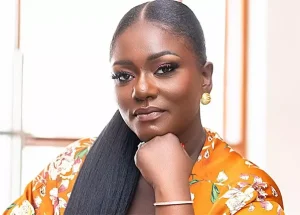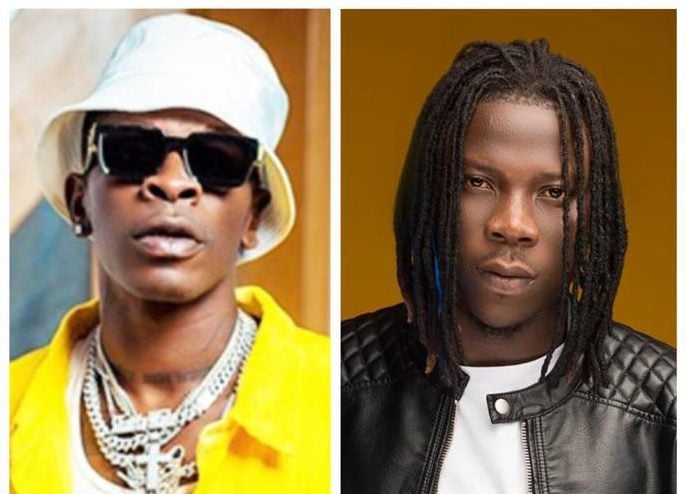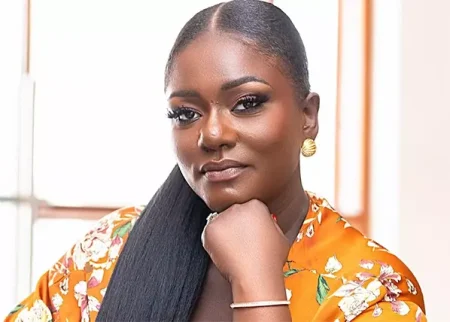Controversial Dancehall musician Shatta Wale has once again dominated headlines with his sharp response to a birthday wish from his long-standing rival, Stonebwoy. Shatta Wale, who celebrated his 40th birthday on October 17, received numerous messages from admirers and colleagues in the music industry. Among these well-wishers was Stonebwoy, who took to X (formerly Twitter) to extend his greetings despite their ongoing rivalry. Stonebwoy’s message expressed a sense of goodwill, stating, “No matter the differences. I wish you a long life, brother! Big 40… (Blackstar age).”
Shatta Wale’s reaction was far from gracious, as he took issue with Stonebwoy’s choice of words regarding their “differences.” In his response, he suggested that the concept of rivalry should not overshadow their responsibilities as artists to their respective fan bases. He argued that the unhealthy competition perpetuated by both of them is detrimental to their followers and to the broader Dancehall community. Shatta Wale, known for his brash personality, dismissed Stonebwoy’s birthday message and urged his rival to mature in his outlook and behavior.
In his tweet, Shatta Wale stated, “Which differences? Stop fooling and grow up… The fans don’t need this enmity… be safe.” His comments reveal not only his frustration with the ongoing animosity between the two but also an underlying desire for the Dancehall genre to unite rather than divide. The exchange highlights how public displays of rivalry can impact not just the artists themselves but also their fans, who often become caught in the crossfire of their disputes.
This incident is not the first time Shatta Wale and Stonebwoy have been embroiled in controversy surrounding their rivalry. Over the years, their contentious relationship has drawn attention from fans and industry insiders alike. Their history of conflicts has included confrontations at events and social media spats, making them two of the most polarizing figures in the Ghanaian music scene. However, moments like Stonebwoy’s birthday message demonstrate that even amidst fierce competition, there can be gestures of goodwill and acknowledgment of each other’s contributions to the industry.
Shatta Wale’s characterization of Stonebwoy’s message as “fooling” suggests a deep-seated frustration regarding how their rivalry is perceived and the manner in which public figures engage with it. As artists, they occupy influential positions and serve as role models for many aspiring musicians and fans. The desire to rise above petty disputes and focus on artistic growth and community cohesion is a theme that resonates particularly strongly in a genre that thrives on cultural expression and unity.
Ultimately, this exchange may serve as an opportunity for reflection for both artists and their fan communities. It raises important questions about the nature of rivalry in the music industry and its consequences on artists’ careers and relationships. As Shatta Wale embarks on this new chapter in his life at 40, perhaps it is indeed time for both he and Stonebwoy to consider the impact of their competition and strive for a more amicable relationship that benefits themselves and their fans alike. This could pave the way for collaboration and mutual respect, positively influencing the Dancehall genre as a whole.














